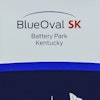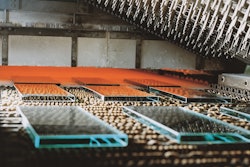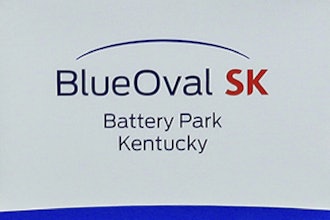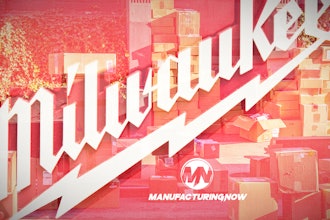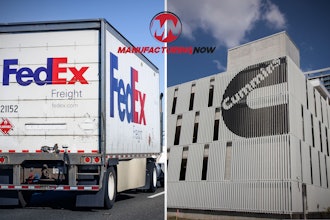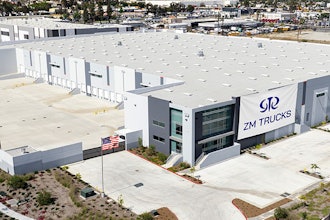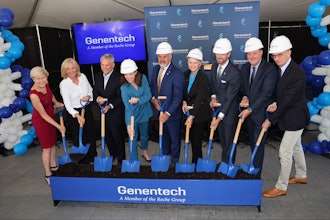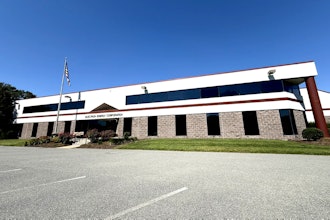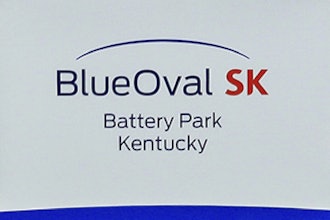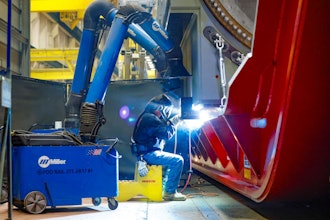
Many manufacturers struggle to maintain consistent humidity levels in their facilities during the hot summer months as warm air currents carry much more gulf moisture to the northern climates during the warm months.
In a number of factories, steam and humidity are everyday byproducts of various industrial processes; if not properly maintained, excess humidity levels can cause a number of issues, resulting in delays, safety risks, and additional expenditures.
Even reliable air conditioning may not be enough to achieve the target relative humidity needed as the percent relative humidity rises as the room temperature falls.
Many times, with air conditioning, the room temperature falls to uncomfortable levels in a quest to achieve the desired relative humidity. This can also be a very expensive way, using excessive electricity with air conditioning, trying to achieve desired results
To ensure excess moisture is effectively removed from the air while maintaining an ideal room temperature, a dedicated dehumidification system can be the answer.
Common Issues Caused by Humidity
Different manufacturing facilities experience different humidity-related issues depending on the specific equipment and products being utilized. Specifically in machine shops, excess humidity can result in a buildup of condensation, mist, or mold, all of which can damage products, equipment, and even the facility structure itself. Condensation may also form on shop floors, making for a dangerous, slippery environment.
Electrical and electronic equipment can quickly become saturated as well, posing serious safety and quality risks. Electrical products exposed to high humidity levels often experience corrosion and reduced insulation resistance, which can ultimately cause short circuits.
In plastic injection molding facilities, water-cooled machines subject to condensation can result in product discoloration, while printing facilities may experience wrinkling, shrinking, or expanding of paper products — which can lead to ink registration issues.
Products requiring specific drying cycles are also prone to humidity-caused issues; if the moisture level of the air becomes too high, drying times can be severely delayed, holding up production, increasing energy use, and resulting in lost productivity.
As a final example, take dry food packaging plants: When exposed to excessive humidity, food product quality is at risk, which can endanger consumer health and wellbeing. Plus, many bugs and insects seek out humid conditions, thriving in areas with humidity levels between 70-80%.
Humidity Solutions
To ensure your manufacturing facility runs at peak efficiency during the summer months, it’s critical to maintain proper humidity levels. First, ensure that your workspace is well-insulated and sealed with a vapor barrier in walls and ceilings. This will prevent humidity from seeping into your facility.
It’s also helpful to set up a third-party evaluation by experts who will be able to determine whether a custom dehumidification system will benefit your facility. When excessive humidity is a problem adding Air Conditioning, to the space, is the first thing to consider. If the Air conditioning system helps but is not enough to fully remove excess moisture from the air, a dedicated dehumidification system will be needed.
Finally, make sure all air introduced into your manufacturing space is properly treated; This make up air should be run through a dedicated 100% outdoor air dehumidifier to remove excess moisture first before it enters the building. The dehumidifier capacity and CFM determines the size of the exhaust fans needed.
Normally we want to run the building under a slightly positive pressure. Generally, a humidity level of 50-60% is considered ideal.
Ideal dehumidification solutions will allow for a perfect energy balance; by focusing on air extraction, heat transfer, maximum relative humidity in each season, temperature inside the building, and level of humidity caused by production, you can craft a customized dehumidification system for your unique needs.
Working with an experienced dehumidification company will help ensure your facility stays running at optimal efficiency yearlong.
For more information, take a look at this case study to see how DCA helped a ceramic casting plant in Ensenada, Baja California, Mexico, manage excessive humidity levels.



